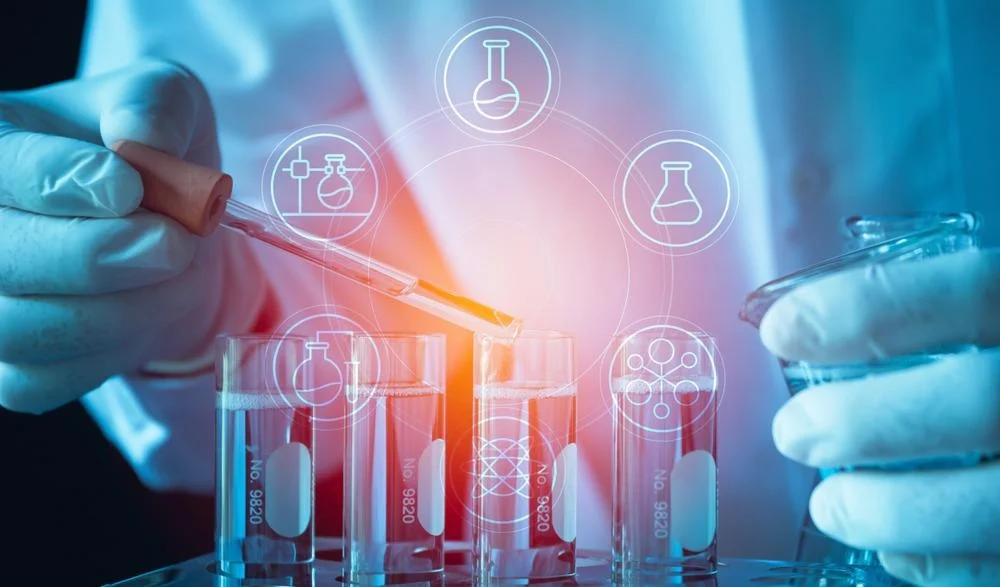Bioanalytical solutions and techniques characterize analytes and refine their qualitative and quantitative issues. Hence, bioanalysis and research services are crucial in scientific endeavors, including forensics, clinical, pharmaceutical, and environmental sciences. In medicine, bioanalytical solutions are critical laboratory tests for diagnosing diseases and progressing drugs to treat a specific patient population. On the other hand, in drug development, bioanalytical solutions are critical not only for preclinical research but also for studies, such as nAb assay development in immunogenicity testing.
Today, several bioanalytical testing laboratories and bioanalytics companies provide bioanalysis and research services to drug developers and pharmaceutical companies. Any advances in bioanalytical solutions and techniques will only help these service providers advance drug development initiatives for the betterment of humans. Therefore, the current article focuses on advances transforming the landscape for bioanalytical services.
Advances in techniques and solutions provided by bioanalytical services
For any bioanalytical technique, its robust implementation depends on specific parameters, including accuracy, precision, selectivity, sensitivity, cost, and speed of analysis. Usually, the bioanalytical technique used to assess an analyte depends on its physicochemical properties. Some classical bioanalytical techniques, including analytical assessments such as volumetric, titrimetric, and gravimetric methods and instrumental tools such as ultraviolet, visible infrared, near-infrared, chromatography, spectroscopy, radioimmunoassay, and spectrophotometry. Instrumental techniques are generally more selective and sensitive than classical techniques. However, they can be less precise.
Today the most advancements in instrumental techniques are in the medical and clinical fields. Identifying new active compounds is the primary driving force behind advances in bioanalytical techniques. A dedicated bioanalytical method combines several procedures, such as sample collection and storage, sample analysis, and generation of reliable and reproducible data. The generated data can be qualitative or quantitative, and hence bioanalytical techniques vary according to the intended application of the method.
Today, the increasing complexity of study samples and bioanalytical techniques has further resulted in the need for robust bioanalytical method validation. Irrespective of the method used in bioanalysis, bioanalytical testing laboratories should ensure that the approach is adequately validated to fulfill the intended applications of the bioanalytical technique.
Over time the primary analytes targeted in medical and clinical studies are amino acids, proteins, peptides, carbohydrates, enzymes, vitamins, and tumor and cancer genes. These analytes are assessed and quantified using several bioanalytical techniques and instruments, including chromatograms, electrophoresis, mass spectrometry, sensors, microscopy, hyphenated techniques, immunochemical techniques, and point-of-care instrumentation.
Today gene therapy is the most promising solution against several diseases and medical conditions. They are advanced therapeutics over traditional drugs as they are cost-effective, patient-compliant, and have advantages in dosing schedules with reduced toxicity and immunogenicity. Hence gene therapies are the perfect approach for treating inherited and acquired medical conditions. Today gene therapy research is focused on developing non-viral gene delivery vehicles with efficient and specific delivery.
In conclusion, advances in bioanalytical solutions and techniques will transform research from routine analysis to advanced therapies such as point-of-care solutions and cell and gene therapy protocols.

